Unpredictable weather, unstable prices
If in the 2024 salt crop, Gia Lai salt farmers welcomed double joy with both a good harvest and good prices, this year, the white color of salt no longer reflects joy. In traditional salt-making villages such as Duc Pho 1, Duc Pho 2 (De Gi commune) or An My (An Luong commune), a gloomy atmosphere covers both the fields and the faces of the people.
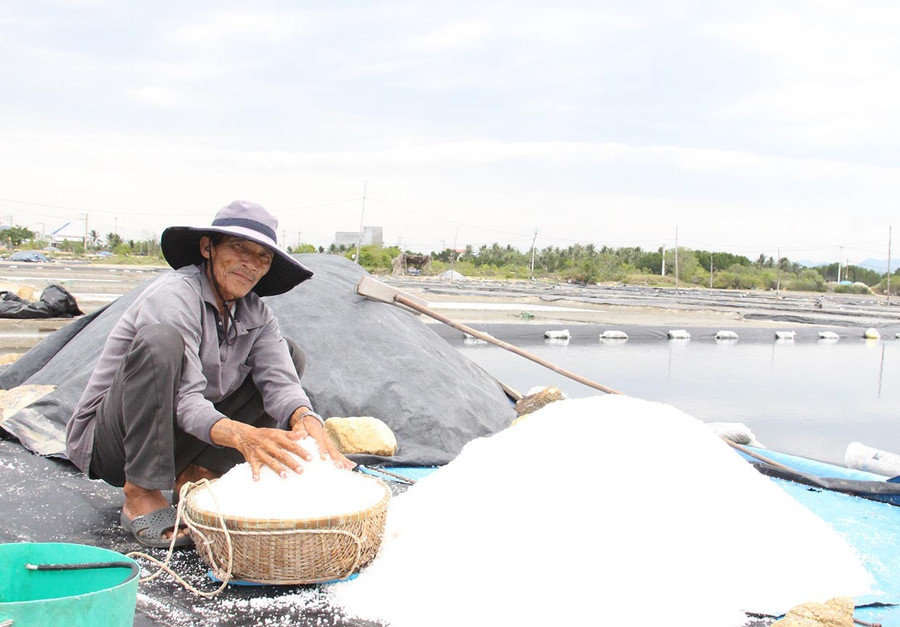
Having been involved in the salt making business for more than 50 years, Mr. Nguyen Cong Tien (Duc Pho 2 village) shared: “There is sunshine but it is not consistent. There is also little wind. Some days the morning is hot and sunny, and I think I can rest assured, but in the afternoon it rains heavily. The salt does not have time to crystallize, or as soon as it crystallizes, it dissolves and dissolves.”
According to Mr. Tien, last year, the price of salt purchased at the field fluctuated on average 2,000 - 2,200 VND/kg (salt produced on tarpaulin). Therefore, with only 3 salt fields of more than 300 m², his family earned nearly 50 million VND. But this year, the price of salt dropped to 1,200 VND/kg (salt produced on tarpaulin) and 1,000 VND/kg (salt produced on the ground), so the income was only about 15 million VND even though there were still more than 2 months left until the end of the season.
Situation in Duc Pho 1 village
is not much better. Mr. Nguyen Van Trong said: “My family’s 8 salt fields are nearly 800 square meters wide, last year we earned more than 130 million VND. This year, we only sold each field for 5-6 million VND, but traders also forced down the price, saying that this year’s salt grains are young and easy to lose.”
According to the Department of Agricultural, Forestry and Fisheries Product Quality Management (Department of Agriculture and Environment), Gia Lai province currently has 1,085 salt-producing households with a total area of about 154.7 hectares. Of which, the area of salt produced on land is 51.2 hectares, salt spread on tarpaulins is 98.5 hectares and salt produced industrially is 5 hectares. In the first 6 months of 2025, the province's salt output reached 8,541 tons. Although the production area remained unchanged compared to the same period last year, the output decreased by 5.2%. The main reason was determined to be unfavorable weather conditions at the beginning of the season, frequent unseasonal rains disrupted the crystallization and harvesting of salt.
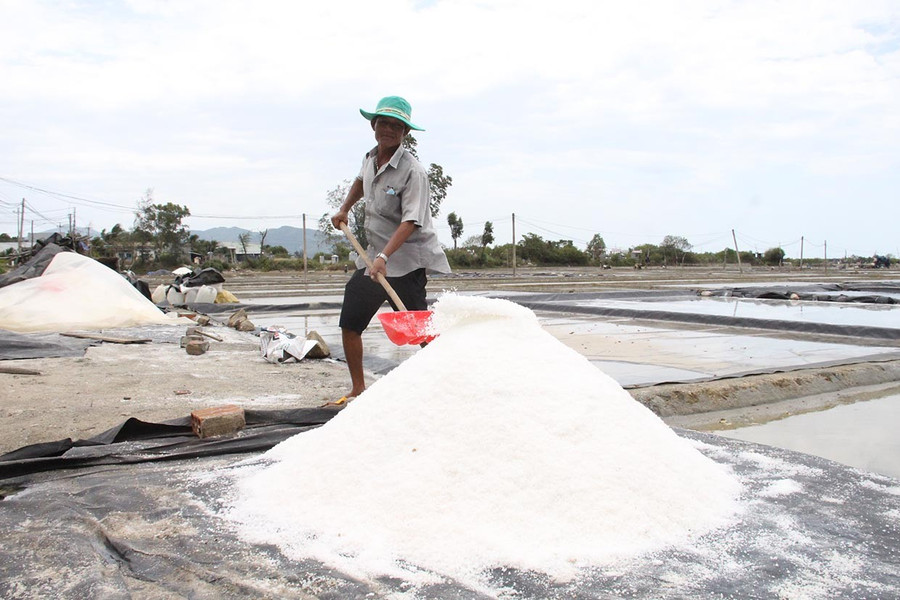
De Gi Commune is one of the province's key salt regions, so salt farmers are also greatly affected by the impacts of weather and market. Mr. Dinh Phuoc Thang, Head of the Commune Economic Department, said: "The whole commune has 73.9 hectares of salt, of which about 50 hectares are produced on tarpaulin-covered fields. This year's weather is very unfavorable, with erratic rain and sunshine, so output has decreased, and prices have dropped, causing many households to face difficulties."
According to salt farmers, the salt production cycle in Gia Lai usually starts from February to August of the lunar calendar - a time when the weather is sunny and dry, favorable for salt crystallization. But in 2025, it will not be until the end of the third lunar month that the sun will start to shine, and it will only be intermittent sunshine, interspersed with showers, causing high humidity and weak winds, making the salt take a long time to crystallize.
What is the way to increase the value of salt?
Not only the erratic weather but also the unstable consumption market is a barrier that prevents Gia Lai salt from developing sustainably. Mr. Nguyen Van Thong, Director of Binh Dinh Salt and Food Joint Stock Company, said: "The price of salt this year has decreased compared to last year, mainly due to slow consumption. The company is still trying to support people with a stable purchase price of 1,500 VND/kg at the factory, but only accepts salt produced on tarpaulin floors, which is of better quality."
According to Mr. Thong, Gia Lai salt has good potential if it focuses on the segment serving people's food such as table salt, fish sauce, stewed salt... instead of competing with industrial salt. "Industrial salt needs solid salt grains that crystallize over time. Places like Khanh Hoa and Ninh Thuan have 2,600 - 3,000 hours of sunshine per year, so the conditions are more ideal. Gia Lai salt is harvested early, the grains are young, and are easily lost," said Mr. Thong.
Currently, Binh Dinh Salt and Food Joint Stock Company is purchasing about 1,000 tons of salt per year, purchasing directly from 20 hectares of salt fields of An Luong commune people, in addition to 5 hectares of salt produced by the Company according to the industrial model. All of this salt is produced by the Company and supplied to the food processing market.
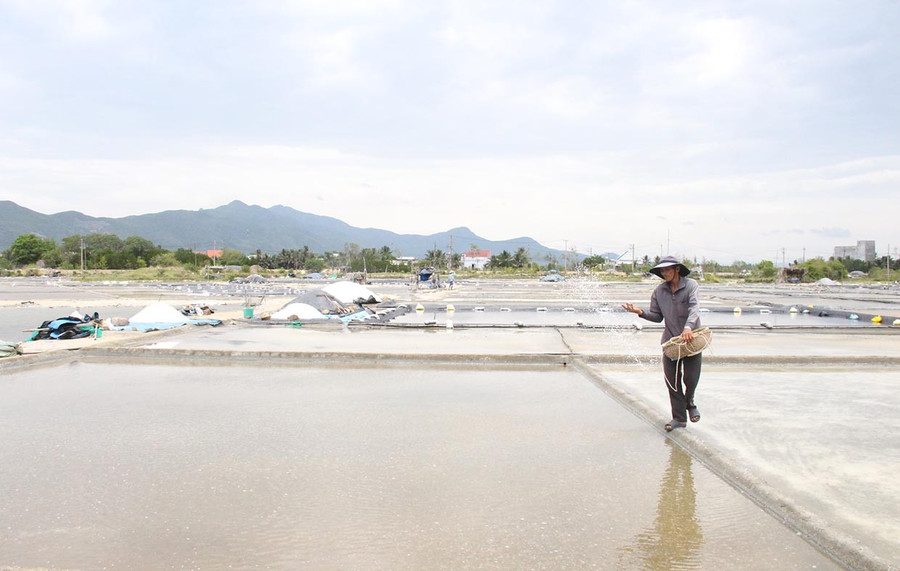
According to Mr. Tran Kim Duong - Head of the Department of Agricultural, Forestry and Fishery Product Quality Management, the problem of the salt industry does not only come from unfavorable weather factors but also from within. "Production is still small and fragmented; lacks infrastructure, machinery, storage, and stable market. Most salt farmers are old, not bold enough to join cooperatives, cooperative groups, and produce individually, so it is even more difficult to connect with businesses" - Mr. Duong analyzed.
In addition, Mr. Duong also said that, for sustainable development, in the coming time, the province needs to support investment in infrastructure, solidify the irrigation system serving salt production. Besides, it is necessary to accumulate land, form a large-scale salt area of 100 - 200 hectares to facilitate mechanization and scientific application, towards industrial salt production. In particular, the province needs to aim to build a "State - Enterprise - Salt Farmers" value chain closely linked from production to consumption.
Source: https://baogialai.com.vn/diem-dan-lao-dao-vi-thoi-tiet-that-thuong-gia-muoi-giam-sau-post560498.html


![[Photo] Students of Binh Minh Primary School enjoy the full moon festival, receiving the joys of childhood](https://vphoto.vietnam.vn/thumb/1200x675/vietnam/resource/IMAGE/2025/10/3/8cf8abef22fe4471be400a818912cb85)

![[Photo] Prime Minister Pham Minh Chinh chairs meeting to deploy overcoming consequences of storm No. 10](https://vphoto.vietnam.vn/thumb/1200x675/vietnam/resource/IMAGE/2025/10/3/544f420dcc844463898fcbef46247d16)



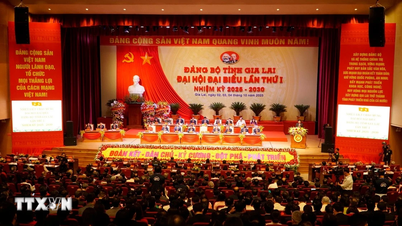

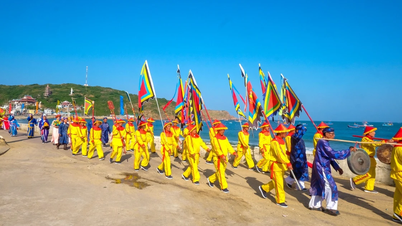

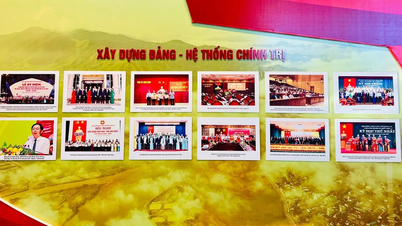

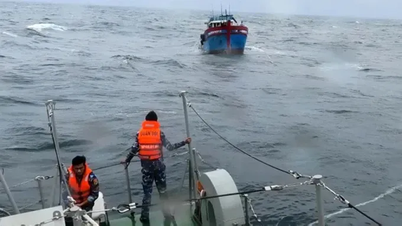



![[Infographic] What are the growth targets of Dong Nai province in the first 9 months of 2025?](https://vphoto.vietnam.vn/thumb/402x226/vietnam/resource/IMAGE/2025/10/3/45f9330556eb4c6a88b098a6624d7e5b)






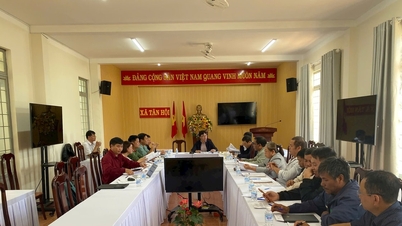






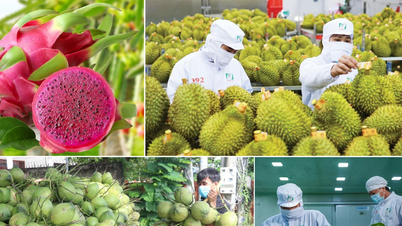

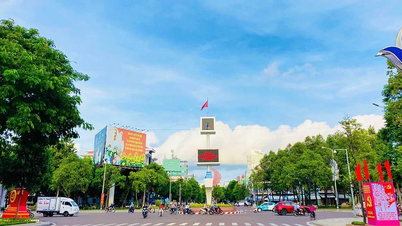






































































Comment (0)